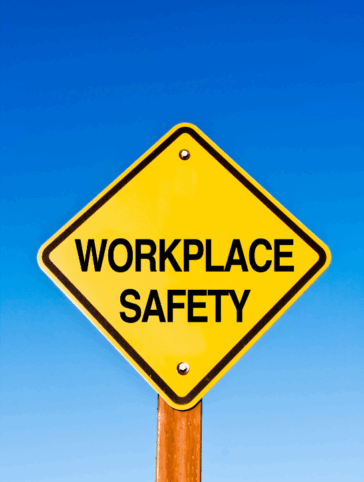Commercial Auto Update: Rates, Exposures and Controls for Your Business
The COVID-19 pandemic has had a significant impact on the commercial auto insurance market. Increased risk factors have led to increased rates, new exposures, and stricter underwriting from carriers. This piece breaks down the changes that are happening in the commercial auto market and how you can adapt to them.
Commercial Auto Rate Hikes
Rates have been rising for commercial auto insurance, as with most lines of business, since Q1 2020. MarketScout Barometer reports that commercial auto insurance rates increased by 9% in Q3 of 2021, compared to an average rate increase of 6.8% for all lines of commercial insurance.
Rate hikes are commonly the result of increased claim costs. Insurance Thought Leadership shows how a handful of factors, including inflation and advancements in automotive technology and complexity, have had an impact on the repairable severity of accidents, resulting in a 3% increase in claims costs in 2021 compared to 2020.
Commercial Auto Underwriting Exposures
The most significant exposure impacting current auto market conditions is the ongoing COVID-19 pandemic. With the desire to escape crowded venues and indoor spaces, Americans have been driving more. According to the US Department of Transportation, total vehicle miles increased 57% between April 2020 and September 2021, from 169.6 million vehicle miles to 266 vehicle miles. This sharp increase reflects a desire to explore and a greater likelihood of auto accidents.
Another exposure affecting current market conditions is the increasing use of vehicles in business operations. In an effort to limit contact with customers, delivery has become increasingly popular during the pandemic. This has led to greater time spent on the road for employees, leading to a greater likelihood of accidents. At the same time, the ongoing spike in resignations and the ongoing labor shortage mean that companies may need to resort to new and less experienced drivers, further complicating the risks.
Commercial Auto Controls: Adapt and Overcome
One way to control commercial auto exposures is to evaluate and adapt your current loss control practices. Great American Insurance Group shares some management controls you can implement in your current loss control program. These controls include vehicle inspections, driver training and supervision, and preventative maintenance.
Another control you can implement for your business is to strengthen your hiring practices. Employers should be aware of all Commercial Driver’s License (CDL) and Federal Motor Carrier Safety Administration (FMSCA) requirements. Even when a CDL is not required, employers should have a thorough new hire checklist that covers key issues, such as driver record checks and pre-employment drug screening.
Take Action to Control Your Commercial Auto Risk
As you might have guessed, many companies will see commercial auto insurance rate hikes at their next renewal. Start preparing now – well ahead of any upcoming X-dates.
- Shore up risk management policies, practices, and documentation.
- Proactively train and communicate with your team.
- Review outstanding claims and reserves.
- Explore alternatives such as captive commercial auto programs.
To explore creative solutions, contact Tangram Insurance Services today.




